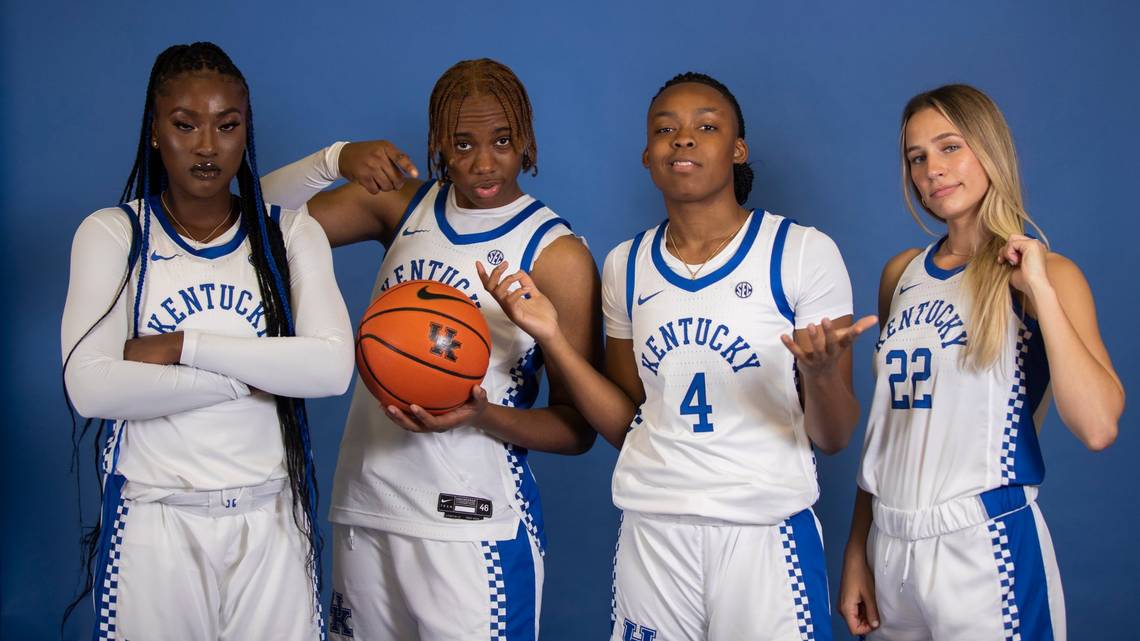Most would believe that by 2023, the gender pay gap would no longer exist. Whether it be professional sports, businesses, or several industries, women still make less money than men. In sports, men are making millions more, given the reason that men’s sports are more popular, attracting more revenue. There are many explanations for that, the main one concerning the amount of coverage men’s sports get. Professor Cheyrl Cooky, St Paul’s Girls’ School, explains this, saying, “Men’s sports are going to seem more exciting. They have higher production values, higher-quality coverage, and higher-quality commentary”. It makes sense too. The edits we see on our favorite sports team’s Instagram, the commercials, the merch, it draws attention and lures the audience in. As compared to womens, where there is less coverage. In an article from Purdue University last year, it was reported that women’s sports’ coverage hadn’t changed since the 1980’s. While women make up 40% of all professional sports, they’re getting less than 10% of coverage. GWI Sports believe that the reason for less media coverage is the lack of interest. “31% of males say that the quality and skills in women’s sports does not match those of the men’s in the same sport”.
The controversy between men being better at sports isn’t as much of an opinion as it is a fact. Genetically, men are built better, athletically speaking. “Males develop larger skeletal muscles, as well as larger hearts and lungs and a greater number of red blood cells (which absorb oxygen for an aerobic advantage” (Human Kinetics). Both genders have different physical characteristics that benefit them in sports. It’s how those characteristics differ that separates each person’s athletic quality. Looking back even farther, men have had hundreds of years to be what they are now. They were the hunters & gatherers, the ones to go to war, and the “protectors” of the family, so of course they had time over history to genetically advance. In the early years of the 19th century, “America idolized white women’s modesty, frowning on sports as a threat to elite females’ fertility” (NWHM). Now that women do have the opportunity to compete in sports, it will change how women look and grow in the future. Such physical features like wider hips, shortened height, and healthier hearts are all most likely to appear in the next hundred years (New Scientist).
As humans continue playing sports and being active, there will be many changes that society will see. Hopefully, one of those changes can be more media coverage and pay for women’s professional sports. It’s time women were recognized more for everything they do.




















